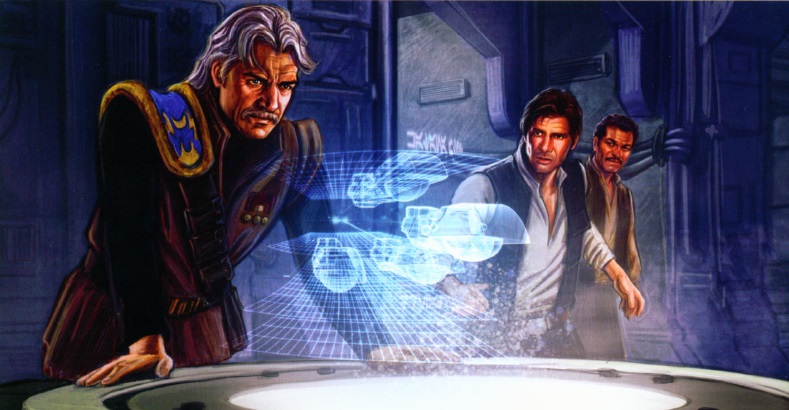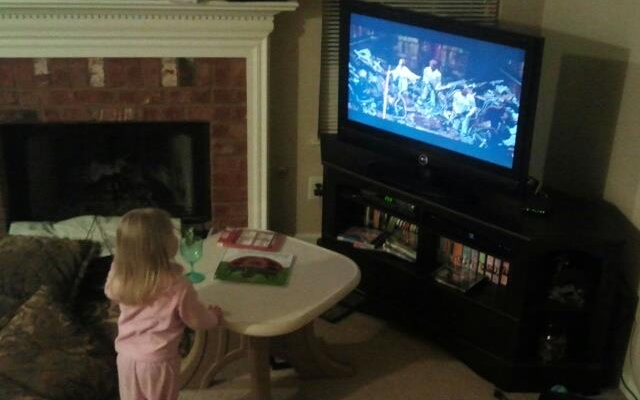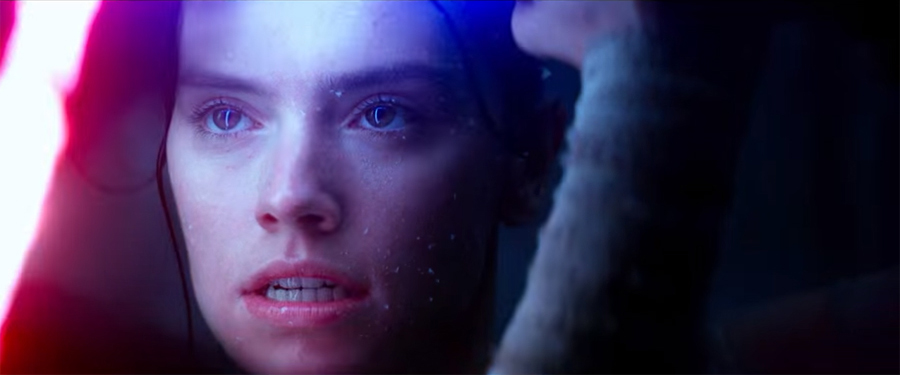
The concept of a Gray Jedi—one who walks the line between both the light and the dark sides of the Force—is popular among many in the Star Wars fan community. And I don’t blame them! After seeing the dogmatic, stuck-up Jedi of the prequel trilogy, who wouldn’t want to add a bit more of the passionate flair characteristic of the dark side? And why shouldn’t Jedi be allowed to use some Force lightning on their foes every now and then? In our postmodern era, with anti-heroes like Batman and Deadpool, doesn’t it seem that a strict adherence to the light side is a bit…old fashioned?
Yet while at first glance the existence of a Gray Jedi seems possible, and maybe even admirable in theory, I will argue that the canonical Star Wars universe leads us to reject this possibility. A Force user who willfully attempts to use both sides of the Force over the long term cannot hope to maintain their internal moral compass—ultimately they will fall. Read More
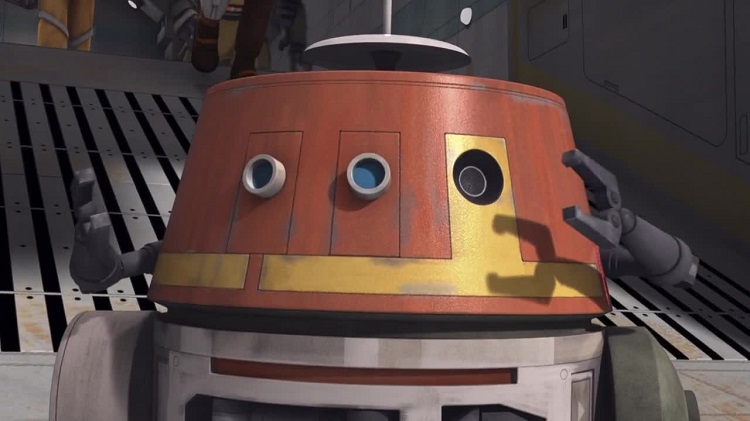
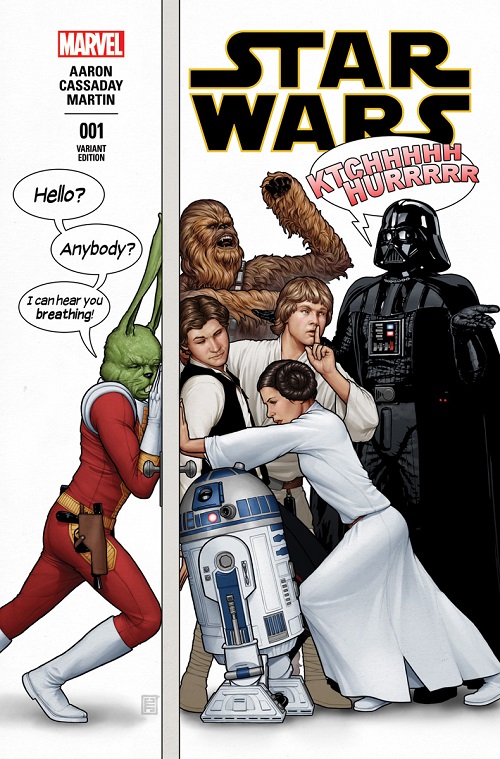 Mike: When I was first acquainting myself with the Star Wars franchise in the late nineties, the volume of Expanded Universe material I felt it necessary to catch up on was already quite daunting—most of a decade’s worth of novels and comics were already out there, and more were arriving all the time. Luckily, one huge batch of content was pretty widely regarded as not worth my time: the original 107-issue Marvel Star Wars comic series. Having run from 1977 to 1986, it was more than a decade out of print by the time I laid eyes on A New Hope, and to say the stories had fallen out of fashion during the peak of the Bantam era would be an understatement. So for a long time, I didn’t see a reason to go anywhere near them.
Mike: When I was first acquainting myself with the Star Wars franchise in the late nineties, the volume of Expanded Universe material I felt it necessary to catch up on was already quite daunting—most of a decade’s worth of novels and comics were already out there, and more were arriving all the time. Luckily, one huge batch of content was pretty widely regarded as not worth my time: the original 107-issue Marvel Star Wars comic series. Having run from 1977 to 1986, it was more than a decade out of print by the time I laid eyes on A New Hope, and to say the stories had fallen out of fashion during the peak of the Bantam era would be an understatement. So for a long time, I didn’t see a reason to go anywhere near them.